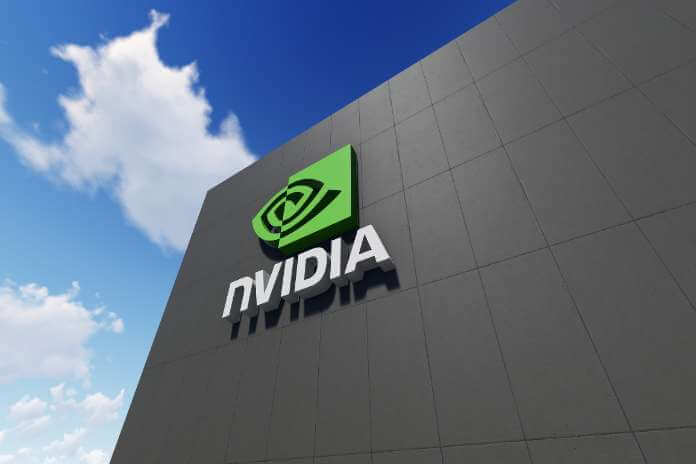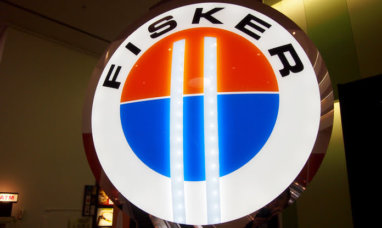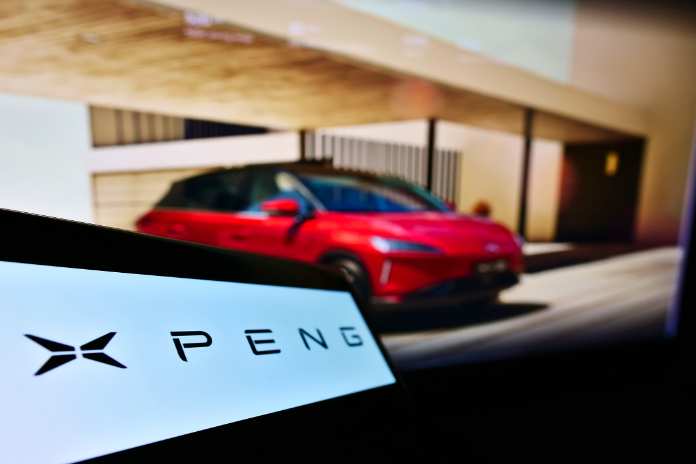Due to Tuesday’s comprehensive and significant market recovery, Nvidia stock had a 5% increase in trading volume. However, because the market is still amid a downturn, investments in the stock of Nvidia and any other growing business now involve an even higher level of risk.
Therefore, would one of the available possibilities be a superior strategy? One technique to gain bullish exposure in a name such as Nvidia Corporation (NASDAQ:NVDA) without having to risk excessive cash is as follows: You might want to try a bull call spread.
Nvidia Stock Bull Call Spread
You can initiate a transaction known as a bull call spread by purchasing a call option and then selling another call that is further out of the money.
Selling the call more out of the money decreases the deal’s cost and caps the potential profit from the trade.
On Tuesday, the market price for a monthly call option with a strike of 140 was around $10.00, while the market price for a monthly call option with a strike of 145 was approximately $8.05.
Currently Trading: Establishing a Put and Call Spread
A bull call spread would be established by purchasing the 140 calls and then selling the 145 calls. The cost of the deal would be $195 (the difference in the prices of the options multiplied by 100), while the most significant profit that could be made would be $305. (difference in strike prices, multiplied by 100 less the premium paid).
A risk-defined strategy is what we may think of when we look at a bull call spread. Therefore, the maximum amount that the transaction might lose is the approximately $195 premium paid if the price of NVDA closes below 140 on December 16.
Above 145, potential gains are capped. Thus regardless of how high NVDA stock can go, the most the trade might earn is $305, even if potential gains reach their maximum.
Regarding the management of my trades, if the Nvidia stock price went below 120, I would think about exiting the position early for a loss.
Additionally, Nvidia stock moved above its 21-day exponential moving average, which it had previously fallen below.
According to IBD Stock Checkup, NVDA has a Composite Rating of 38, an EPS Rating of 84, and a Relative Strength Rating of 16. This places it in a relatively unsatisfactory 16th among the companies in its group.
Because profits for Nvidia are expected to be reported at the end of November, holding on to this bet until then would expose you to earnings risk.
Featured Image: Megapixl © Dragancfm















